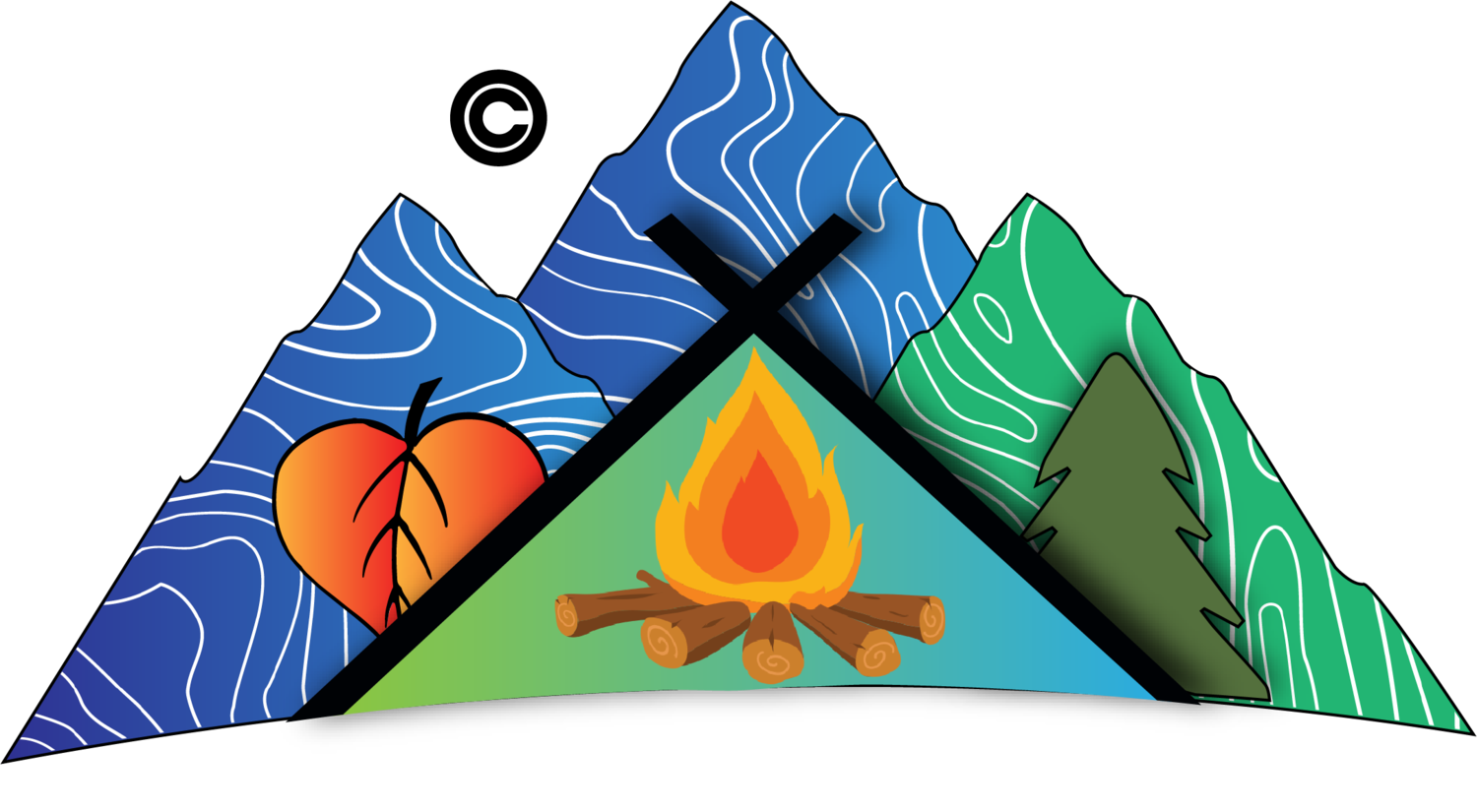Geospatial solutions allow us to gather large datasets that describe our world so that we can analysis, classify, and represent what is occurring in the real world. Many of these datasets can be directly used in your planning projects through the implementation of suitability models. Ultimately, geospatial tools use data that help us visualize characteristics about an area to help understand how its complex systems interact. Main topics include development, land use, water resources, transportation, outdoor recreation, and environmental protection.
We can use geospatial technologies to plan for various types of projects that leverage technology in human-landscape analysis. We can also use architectural renderings to illustrate/animate attributes through artistic design of a proposed land use project prior to its implementation to obtain input from facilitation sessions.
Below is a list of geospatial solutions grouped by impact along with descriptive applications within the field:
Socio-Ecological Solutions
Sustainable Development
Land Use/ Land Cover Analysis, Resource Management, Conservation Planning, Biodiversity Functionality, Ecosystem Protection, Land Records/Parcels
Reclamation & Restoration
Wildlife Management, Soil Suitability, Moisture Retention, Recreation, Optimal Sites for Wind/Solar, Reforestation and Agriculture
Flow/Runoff & Slope/Aspect
Solar radiation, Landslide/Erosion Detection, Flood runoff flow rate/direction, Watershed Management, Geological Hazards, Geosphere Change Detection such as Surface Mining, High Accuracy LIDAR
Inventory
Tree Species Classification, Other Vegetation Identification
Biomass Biodiversity
Biomass Estimation, Forest Health/Restoration, Carbon Sequestration Estimations, Invasive or Endangered Species
Leak Detection
Oil/Gas Leak Detection, Other Environmental Disturbances Effected Along Path
Socio-Economic Solutions
Hazard Mitigation
Wetland Zoning, Emergency Preparedness, Stormwater Runoff, Drinking Water Contamination Risk Monitoring
Community Involvement
Story Maps, Community Based Surveys, Data Dashboards, Crowdsourced Data
Emergency Preparedness
Disaster Response, Relief, Recovery, Future Mitigation Understanding Marine/Shoreline/Wetland Vulnerabilities
Density Control
Mixed Use, Land Protection, Transportation-Commuter Workforce Flow, Communal Gathering Space, Access to Opportunities/Services, Human Health Factors
Physical Infrastructure
Surveying, Modeling, & Engineering Dams, Bridges, Tunnels, Buildings, Sewer/Water Utilities, and other man-made Infrastructure
Virtual Planning
LIDAR Technology for 3-Dimensional Building Models for Remote, Virtual Access to the Local Experience
Transit Oriented Development
Civil Engineering Highways, Tunnels, and Bridges & Land Use Planning to Improve Accessibility Health Related Services
Air Traffic Control
Airport Master Planning, Noise studies
Electricity Monitoring
Electricity and Telecom Capacity, Critical Infrastructure, Records of Issues/Energy Usage Monitoring, Grid-Tie Implementation,
Field Work Productivity
Drone2Map App and Survey123 App by ESRI
Market Competitiveness
Commercial/Industry Business Site Locations


















